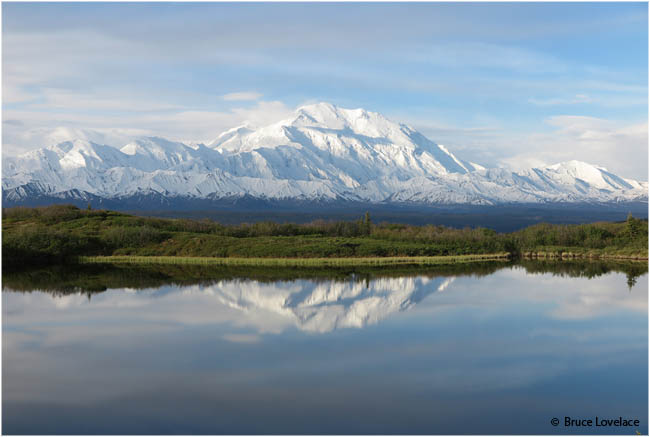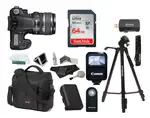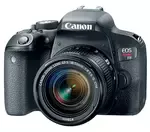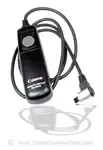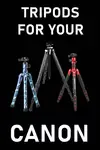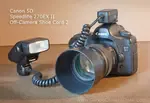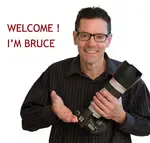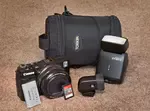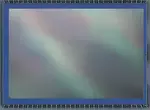Canon Polarizing Filters
For me, a Canon polarizing filter is one of the 3 camera lens filters I always carry with me when shooting outdoor photos. Lens polarizers are an underutilized photography accessory that you should know about.
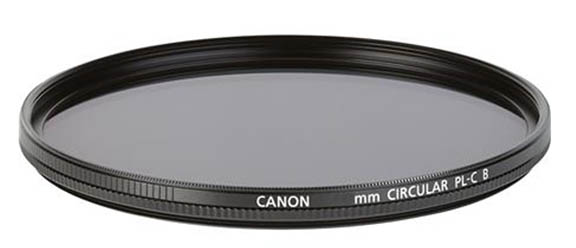 Canon circular polarizing (CPL) filter
Canon circular polarizing (CPL) filterThere are pluses and minuses of using a polarizing filter on your Canon lens that this post will examine and we'll determine if polarizers are worth it for you and your shooting style.
Why Use A Canon Polarizing Filter
There are several good reasons to use a polarizing filter on your Canon lens. Most of the reasons are ground in the notion that you want to make your photos look better. Additionally, although it's not the primary reason, you can use one of these filters to protect the front surface of your camera lens.
The three primary reasons to use a polarizing filter on your lens are to improve contrast and details, increase saturation, and reduce reflections. All 3 of the effects will improve the overall appeal of your photographs.
Move your cursor on and off the photo below to see the dramatic difference between using and not using the polarizer. When your cursor is over the photo you're seeing the image taken with using a polarizer. When it's off no polarizer was used.
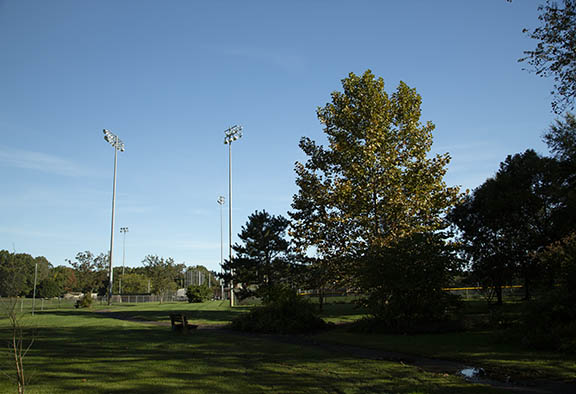
Effect is most dramatic when the sun is at 90 degrees
Another less utilized goal is to be able to intentionally use a slower shutter speed. Polarizers can reduce the amount of light getting through to your sensor by as much as 4 times (2 f/stops). That enables you to use a shutter speed 4 times as long and still get the proper exposure.
That can add some intentional motion blur, which can be desirable in certain situations like waterfall photography and other creative types of Long Exposure Photography.
When To Use A Polarizer
The most common time to use a polarizing filter is when you're shooting landscapes.
You don't need to use a polarizing filter for photographing your kids soccer game, your nephew's birthday party, or the birds eating at your birdfeeder. Polarizers should not be used for generalized photography. Instead only use one of these filters when there is a specific reason to.
You can cut down on glare when you are photographing an object through glass or under water, for instance, when using a CPL.
Polarizing filters should not be used when you are taking photographs where the refection is an important part of the composition. See the reflection image below.
Are They Worth It?
You've already invested in a camera and a lens. Do you need to shell out more of your money for an add-on like a filter?
Canon polarizing filters are worth getting. They are reasonably priced in a range from $11 for cheap ones to $229 for the drop-in filters for super-telephotos lenses. Polarizing filters will reduce glare, eliminate reflections, improve saturation and contrast and make your photos more attractive.
Circular polarizing lens filter offer you another great avenue of creativity to explore. See the post on additional worthwhile lens accessories. Now, let's look at the specific pros and cons of investing in a polarizer for your Canon lenses.
As an Amazon affiliate Canon Camera Geek receives a small commission from qualifying purchases, at NO added cost to you.
PROS OF USing A Polarizer
- Improve overall saturation, contrast and details in your photo.
- Reduce or eliminate any annoying reflections and glare from shiny surfaces.
- Any filter, polarizer or not, can be used to protect the front lens element from dust, dirt, and scratches.
CONS OF USing A Polarizer
- Quality polarizing filters can be expensive, depending on the brand and the size you need.
- It's another lens surface you have to keep clean to protect image quality and sharpness.
- Reduces that amount of lighting getting to the sensor.
Look at this split image, side-by-side comparison, of the effect on the puddle's reflection on this path. The polarizing filter eliminated the skies reflection in the water and revealed the pavemnt below.
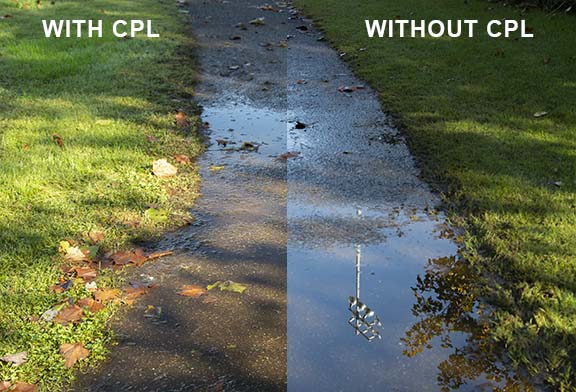 The effect on reflections is dramatic
The effect on reflections is dramaticwhen the light is coming in from the side at 90 degrees.
How To Choose The Right Filter
SIZE.
Lens filters are sized by millimeter, designated by "mm." For most normal DSLR and mirrorless camera lenses, filters range in size from 37mm to 95mm. Here's the link to the complete post on all kinds of Canon lens filters, along with a handy Canon lens filter compatibility chart.
Only use a Circular polarizing lens filter (abbreviated as CPL filter), not a linear polarizer. They are suitable for all digital cameras and CPLs are more versatile.
You don't have to use a polarizing filter with "Canon" printed on the side of the filter ring. There are many companies that make quality filters to use on your Canon lens.
Get only a CPL that was made using multi-coatings applied to its surfaces. Multi-coatings are important because they cut down on the chance of flare and ghosting and also improve on the amount of transmitted light.
Polarizing Filter Tips
Here are few tips on getting the most out of your polarizer that I've learned over the years.
- Try to avoid overtightening your filter when you're screwing it on initially. There's nothing more frustrating than not being able to remove a filter that's stuck. Once the threads catch a few turns will suffice without snugging it up to tight. A filter wrench is a great accessory to have
- Once it's on, rotate the outer ring slowly so that you can see its maximum and minimum effect as you turn it. Take a few versions of your scene with different amounts of polarizing. The effect is impossible to duplicate with software afterwards.
- Try to avoid using a polarizer for panorama and extra wide angle focal lengths. You'll get an uneven darkening in the sky. (See the with and without photo above.)
- To get the maximum effect look for situations where the sun is 90 degrees to the subject being photographed.
- Have an easy way to carry, bring out, and put away your filter for switching between using it and not using it. If it's inconvenient to access you're more likely to stop using it when you should if it's a hassle. Consider a filter wallet or pouch to keep it simple.
Stay inspired. Shoot a Canon!
I truly hope you found this post worthwhile. If this website helped you, feel free to leave a review at Google Business and explore the entire website.
HAVE A BLAST. SHOOT A CANON!

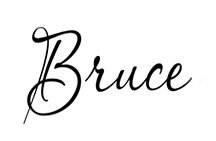
Bruce Lovelace is the publisher of Canon Camera Geek. Read more about him on the About Page. He also publishes how to articles and camera gear reviews at the Photography Tips website.
View some of Bruce's photos on Instagram and Flickr. Join the tribe of followers on YouTube. Bruce also runs photo workshops and provides 1 on 1 digital photography coaching.
Search for articles on this Site:
As an Amazon affiliate Canon Camera Geek receives a small commission from qualifying purchases, at NO added cost to you.
Recent Articles
-
Canon Camera Guide. Useful Advice on Canon Cameras-Lenses-Accessories
Jan 01, 26 03:43 PM
Helpful advice on Canon Cameras, Canon lenses, and Canon camera accessories. Answers to your questions about Canon equipment. Canon camera equipment guide. -
10 Best Canon G1x Mark II Accessories - Essential Gear For G1X Mark 2
Dec 30, 25 03:59 PM
Make it fun! Upgrade your Canon Powershot Camera experience with the right Canon G1x Mark II Accessories, equipment add-ons. -
The 10 Canon RF 100mm Specs And Features That Matter.
Dec 30, 25 06:49 AM
Is the RF 100mm Macro worth the upgrade? 10 best features that matter the most. Helpful guide to the Canon RF 100mm specs and eatures you need to know about -
Canon RF 100mm Macro Sample Photos. Image Quality + Sharpness Test
Dec 29, 25 02:34 PM
Wondering if the RF 100mm is worth the upgrade? See high-resolution macro samples of insects, flowers, and portraits. Canon RF 100mm Macro Lens Sample Photos, -
Is the Canon G1X Mark II Sensor Still Good in 2026?-Specs & Real Value
Dec 22, 25 12:36 PM
Size matters. The big difference in this high-end point and shoot is the Canon G1X Mark II Sensor
This page may contain affiliate links that pay me a small commission. There is no cost to you. Review the affiliate statement at the very bottom of this page if you want more information.
